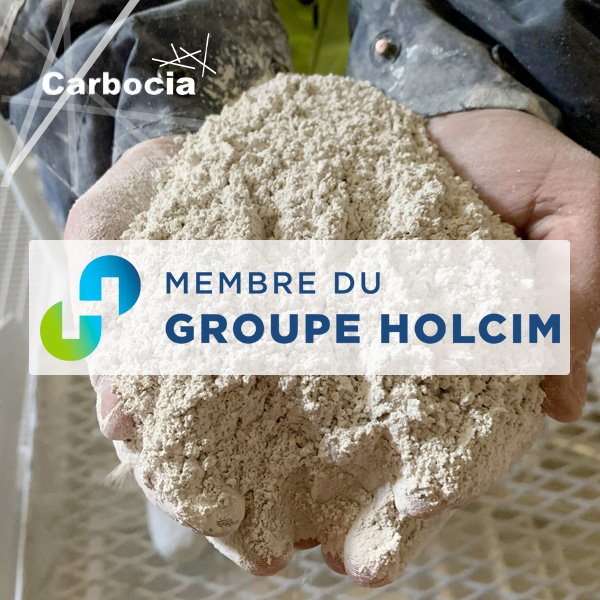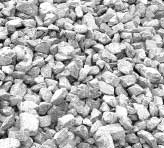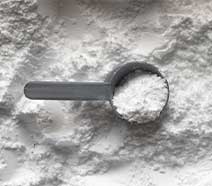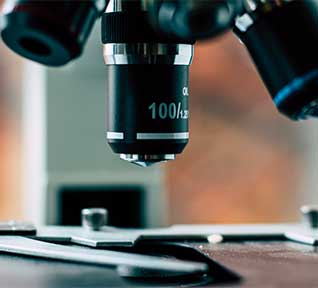
Holcim France has taken a majority share in Carbocia
By joining the Holcim Group, Carbocia strengthens its position as a key player on the French...
The conformity to standards and the quality of our limestone fillers are our top priorities. Our expertise and the testing carried out in our on-site laboratory, based at CVH’s limestone production facility, both have a crucial role to play. By implementing regular physical and chemical testing and analysis of our raw materials, we can ensure the conformity of our products and their compliance with our clients’ specifications, production standards and industry regulations.

This involves analyzing the colour of a sample to ensure that a filler exhibits colour consistency.
This measures product particle size by analyzing how the diffraction patterns of a laser beam are changed by particles in a solution. It measures both particle number and particle size distribution.
This measures resistance to abrasion and impact and progressive deterioration of aggregate particles caused by particles rubbing against each other. This test is helpful in choosing fillers destined for highway construction purposes and hydraulic cement.
The test is performed by carrying out two sieving operations. The flakiness index of each single-size particle is calculated by sieving each size fraction using the relevant bar sieve and determining what percentage of the mass of the test portion of single-size particles have passed through the bar sieve.
This is used in an extremely sensitive technique for measuring particle size and particle size distribution, boasting very high resolutions.
Micronized limestone particles are placed in a rotating drum together with an abrasive charge of steel balls. As these particles rub against each other, their resistance to abrasion can be measured.
This geotechnical engineering test makes it possible to determine the optimal moisture content at which soil will achieve maximum dry density. The test uses a compactive effort of a fixed magnitude (the force achieved by a hammer dropping).
This test is used in geotechnical engineering to determine the cleanliness of a sand or aggregate and their clay content and composition. The blue dye is more easily adsorbed by organic matter and swelling clays.
We also carry out annual and six-monthly testing for dioxins and heavy metals. This is performed by independent laboratories, accredited by the relevant ministry of the country in which our client is based, thus ensuring faultless product conformity and quality.
We perform specific analyses on request and tailor our products to your needs.

We sell top-quality limestone fillers extracted from the Carrières de la Vallée Heureuse quarry in France’s Pas-de-Calais area. The intrinsic physical and chemical propertiesof our limestone and our micronization techniques are of major benefit to many industries. We shift our focus and adapt our products to keep pace with ongoing technological progress thanks to our partner CVH’s laboratory.



Our products
Our limestone has a content of over 96% CaCO3. This extremely high level allows us to meet the specifications of the industrial and agricultural sectors. The particle size of our fillers meets all relevant product requirements and complies with all standards and regulations currently in force.
Carbocia in pictures







